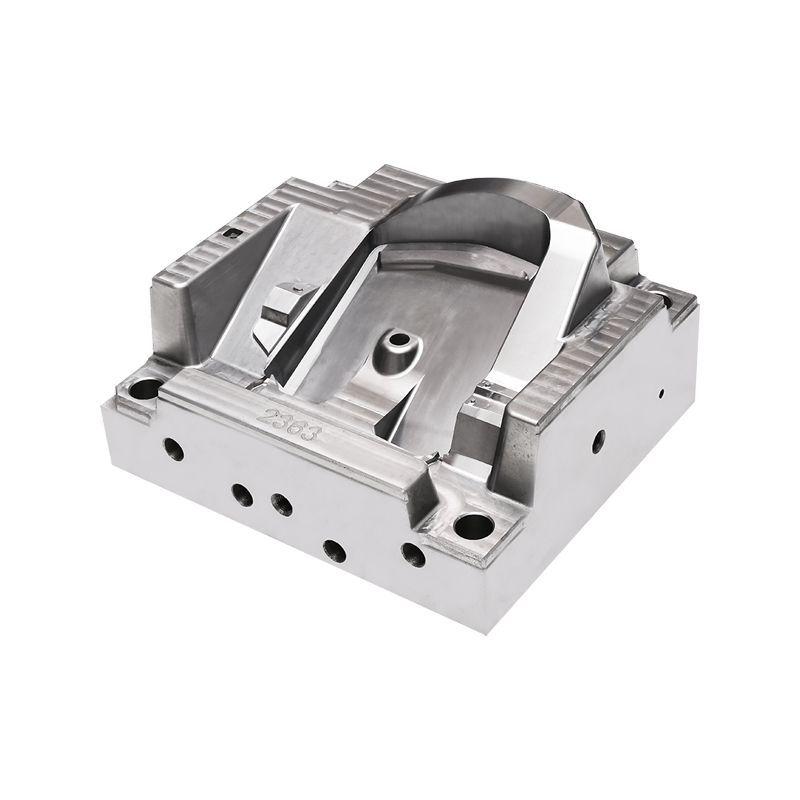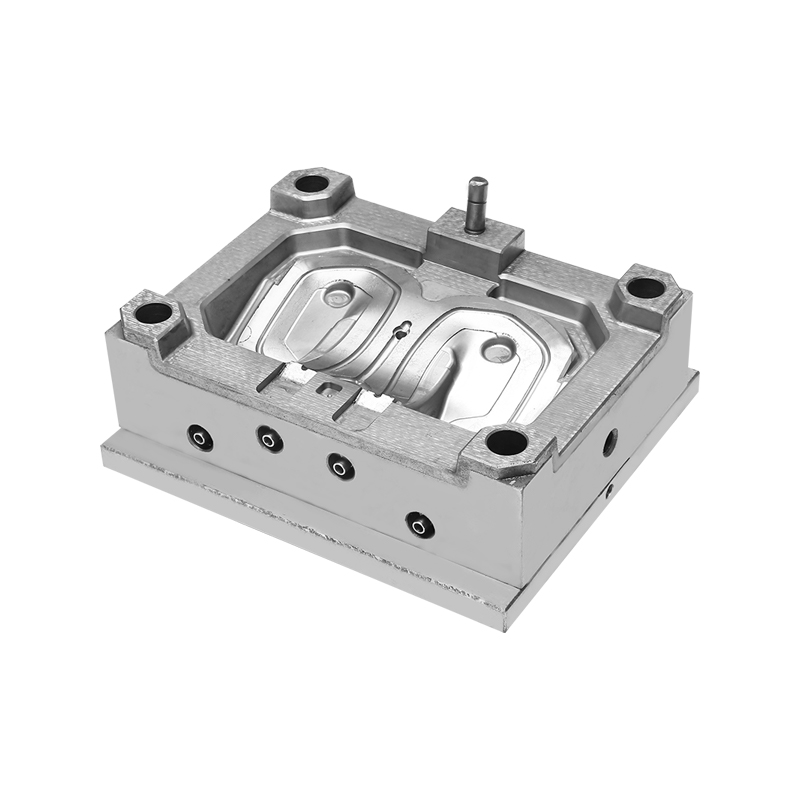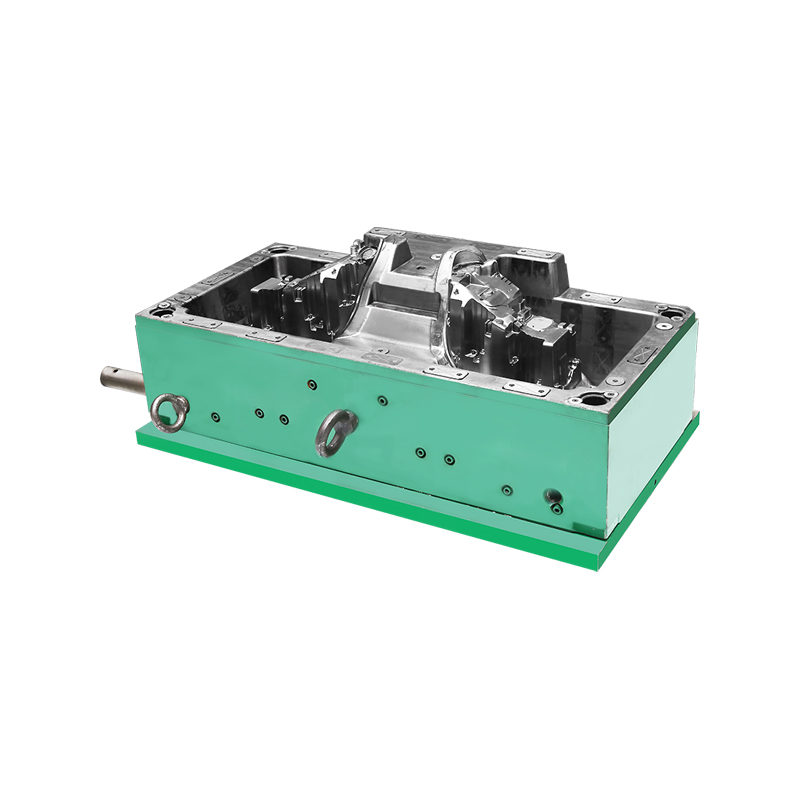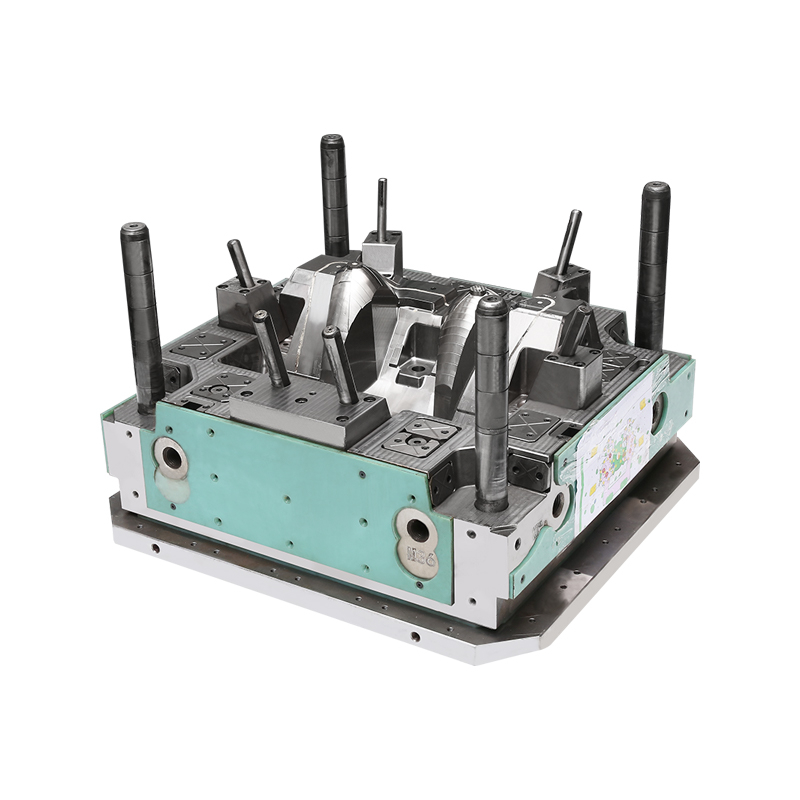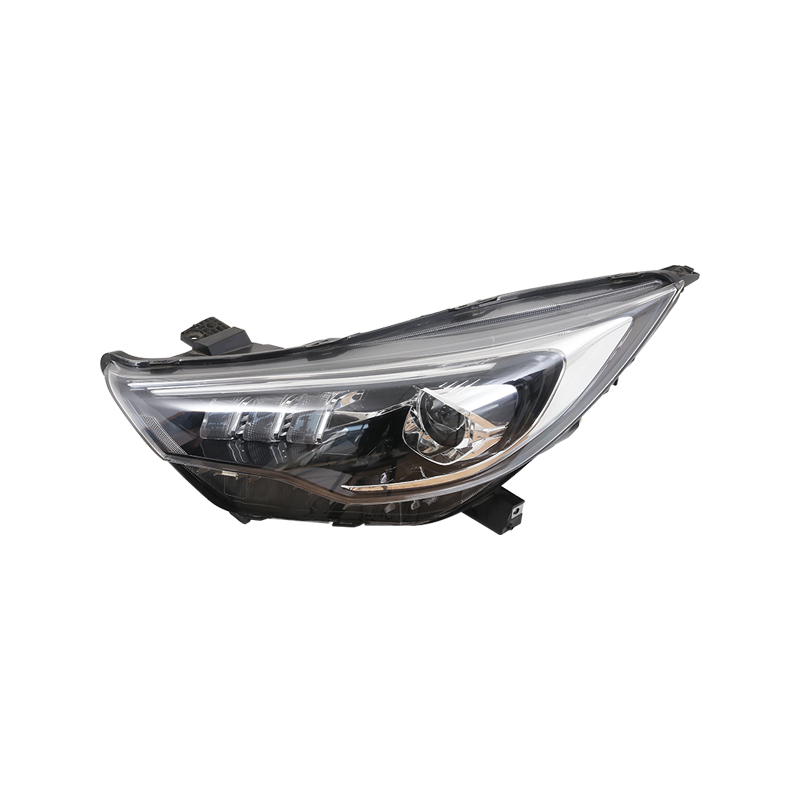China Automotive Plastic car part mold
The automotive industry has long been a pillar of technological innovation and efficiency, especially in the realm of manufacturing and assembly. A crucial element of this industry is the production of car parts, many of which rely on molds for precise and cost-effective production. From body panels to intricate engine components, the use of molds in manufacturing these parts plays an indispensable role in ensuring both functionality and consistency. With the growing demand for lighter, more eco-friendly vehicles and the rise of electric vehicles (EVs), car part molds are evolving to meet these new challenges. This article explores the significance of car part molds in the automotive sector, their role in lightweighting, and the unique requirements posed by the increasing prominence of electric and hybrid vehicles.
The Importance of Car Part Molds in Automotive Production
In the traditional process of car manufacturing, molds are used extensively to shape the components of the vehicle. These molds, which are typically made from high-strength materials such as steel or aluminum, allow for the production of car parts with incredible precision. From the exterior body panels to the intricate mechanical and electronic components, car part molds are essential for shaping and assembling the various parts that make up a car.
The molding process is cost-effective, efficient, and capable of producing parts in large quantities. The ability to replicate complex designs with consistency is crucial in maintaining quality standards across the production line. The use of molds is especially significant for mass production, where economies of scale are critical. With just one mold, manufacturers can produce thousands of identical parts, ensuring that each car produced is consistent with the others in terms of size, fit, and function.
Lightweighting and Environmental Considerations
As the automotive industry faces increasing pressure to reduce emissions and improve fuel efficiency, manufacturers are focusing on lightweighting their vehicles. Lighter vehicles consume less fuel and have a lower environmental impact, making them more attractive to consumers and governments alike. Lightweight materials, such as aluminum alloys and composite materials, have become essential in this effort.
Car part molds are playing an increasingly important role in facilitating the processing of these lighter materials. Traditional steel molds were designed primarily for heavier materials such as steel, but as the industry shifts toward lighter materials, molds must adapt. Aluminum, for example, requires different molding techniques due to its lower melting point and unique properties. Composite materials, too, present challenges for mold makers, as they often require more complex and specialized molds to achieve the desired finish and structural integrity.
Incorporating lightweight materials into the design of car parts not only reduces the overall weight of the vehicle but also contributes to environmental sustainability. By using car part molds to craft components from aluminum and composite materials, manufacturers can produce vehicles that are both lighter and more fuel-efficient. Additionally, the use of these materials can reduce the overall energy required for vehicle production, further contributing to the goal of reducing the carbon footprint of the automotive industry.
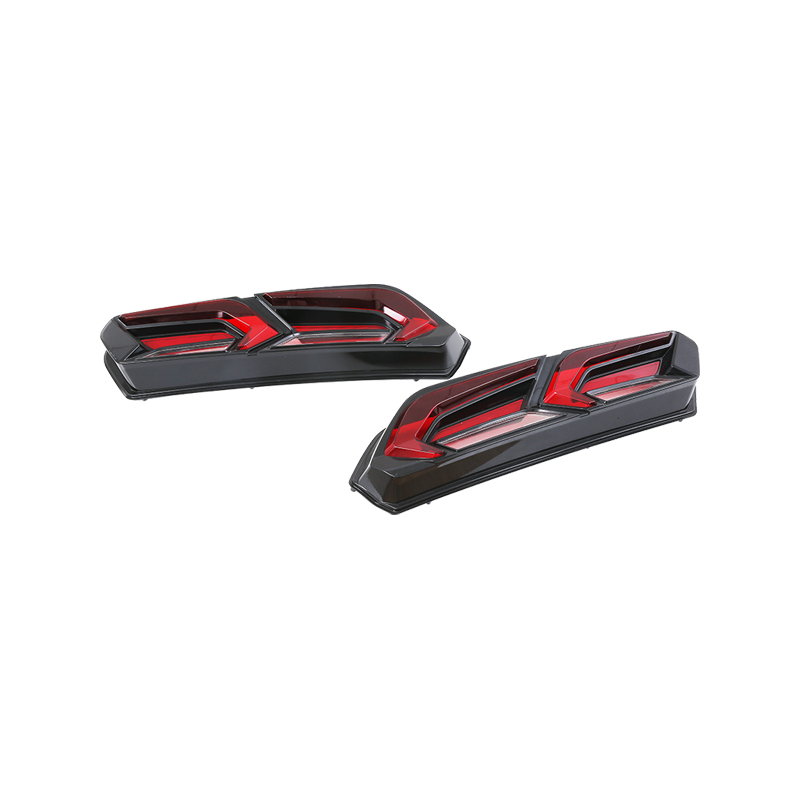
The Shift Towards Electric and Hybrid Vehicles
As electric vehicles (EVs) continue to gain popularity, car part molds are facing new challenges. Unlike traditional gasoline-powered vehicles, electric vehicles rely heavily on specialized components such as high-capacity batteries, electric drivetrains, and sophisticated power electronics. Each of these components requires precise and reliable molding processes to ensure that they function properly and integrate seamlessly into the vehicle.
The production of EV battery packs is one area where car part molds have become increasingly crucial. EV batteries must be housed in protective casings that are both durable and lightweight. The molds used to create these battery enclosures need to meet stringent requirements for safety, thermal management, and electrical insulation. These components must also be able to withstand high levels of stress and heat without compromising the integrity of the battery pack.
Similarly, the electric drivetrains of EVs require a range of specialized molds to produce components such as electric motors, inverters, and other power transmission elements. These parts must be designed for efficiency and durability, and the molds used to create them must be capable of withstanding the high precision required for these intricate components.
Overcoming Challenges in EV Car Part Mold Production
The challenges associated with EV production are not limited to the battery and drivetrain. The lightweighting trend is still applicable to electric vehicles, and the demand for eco-friendly materials remains a priority. Car part molds for EVs must not only cater to the new materials used in electric vehicles but also address the unique design features required for efficient energy storage and distribution.
One of the key challenges in the production of EV parts is the complexity of the components involved. For example, the battery casing may need to be molded with specific patterns to enhance cooling efficiency or provide additional structural support. The intricate designs of these components require molds that are highly precise and capable of producing parts with tolerances of a fraction of a millimeter.
In addition to technical precision, car part molds used in the production of EV components must also meet the growing demand for speed in manufacturing. As the EV market expands, there is pressure on manufacturers to ramp up production quickly while maintaining the high standards of quality and reliability that consumers expect. This places significant demands on mold makers, who must design molds that can produce high volumes of complex parts in a short amount of time without sacrificing quality.
As the automotive industry continues to evolve, the role of car part molds has become more crucial than ever before. Whether it’s supporting the production of lightweight materials, meeting the unique requirements of electric vehicles, or ensuring that all components are produced to the standards, car part molds are integral to the manufacturing process. The ability to design and create precise, durable molds has a direct impact on the efficiency, sustainability, and safety of the vehicles produced. With the growing importance of electric vehicles and the drive toward greener technologies, car part molds will continue to play a vital role in shaping the future of the automotive industry.

 English
English 中文简体
中文简体 русский
русский Español
Español
